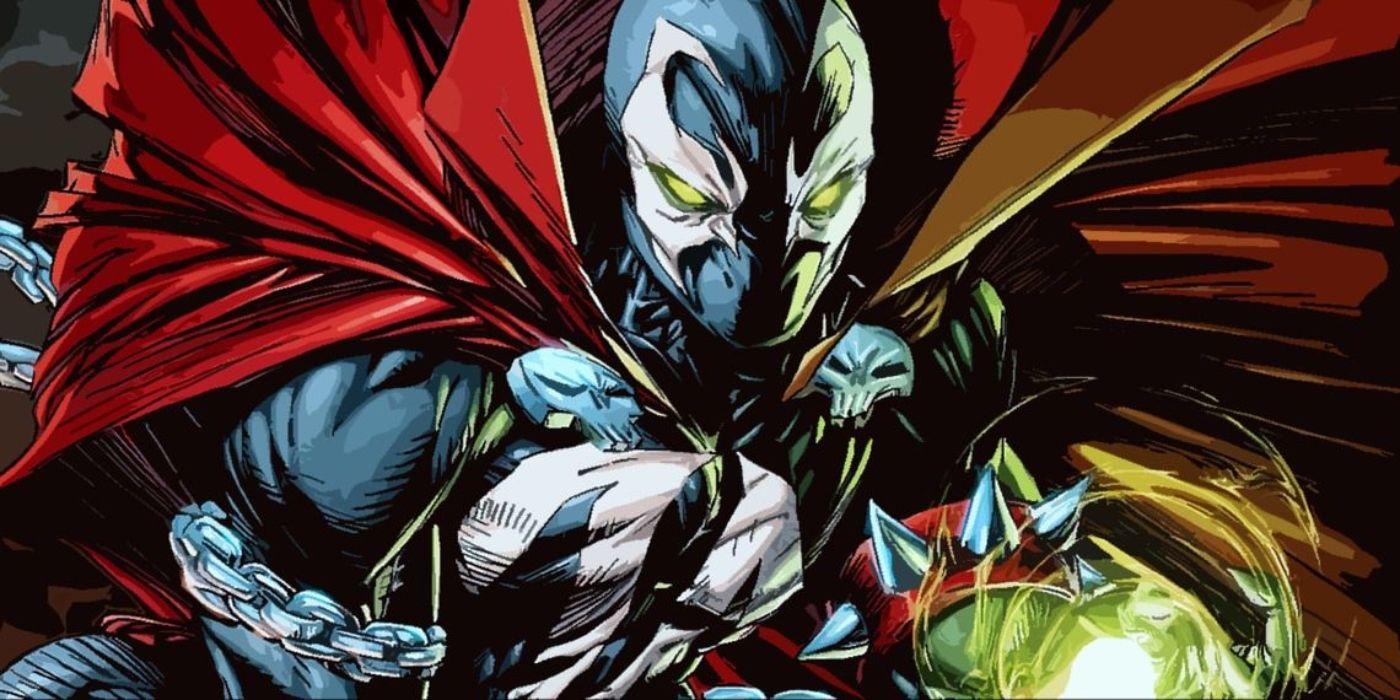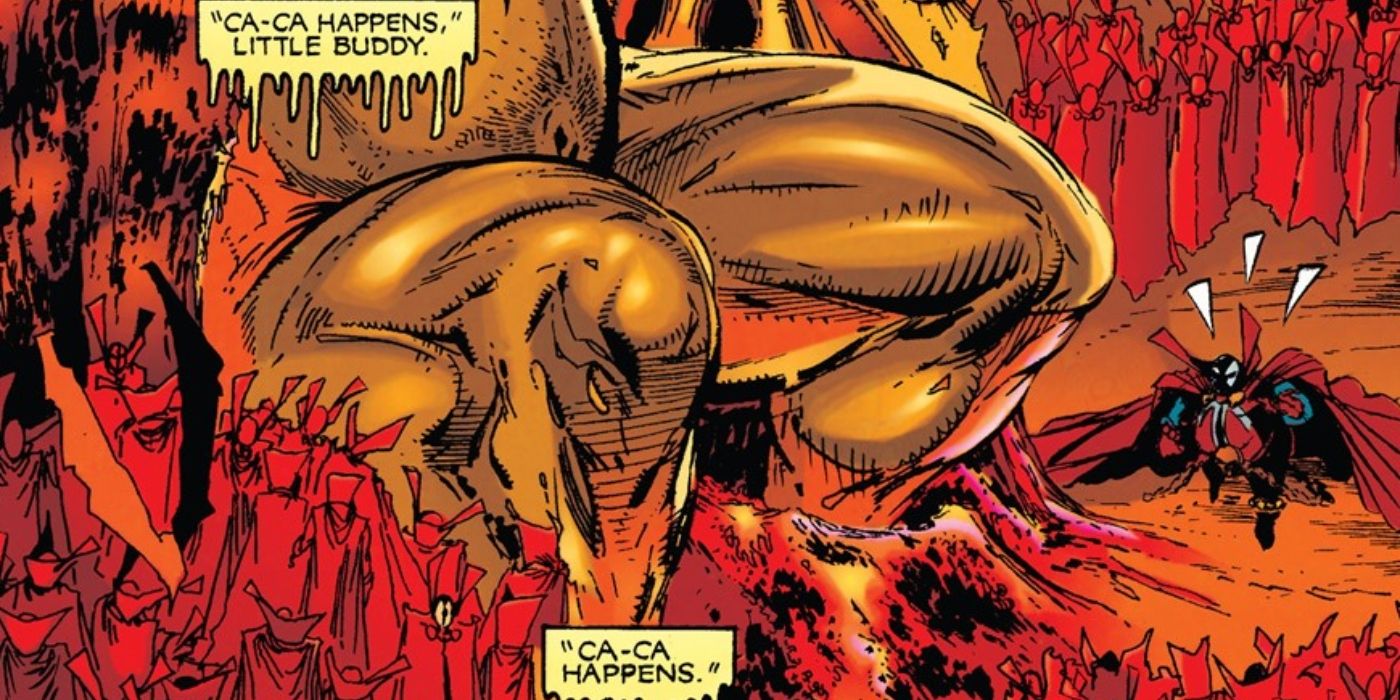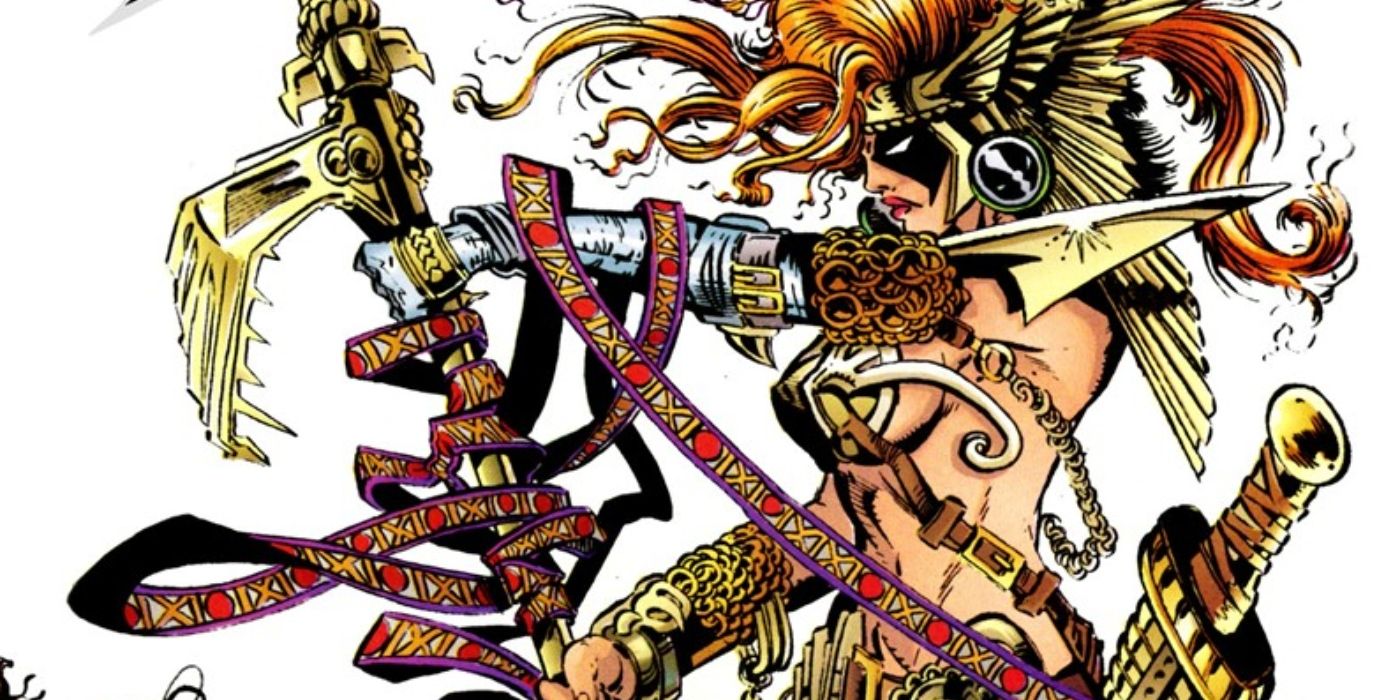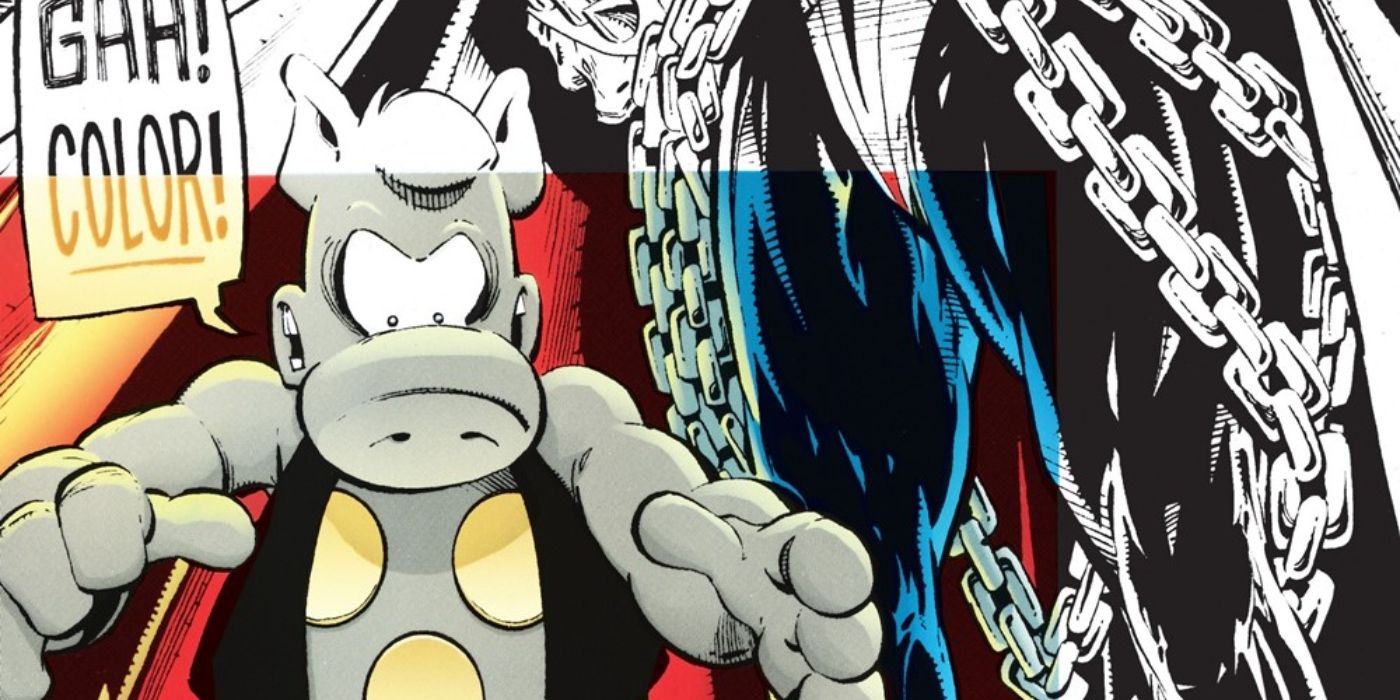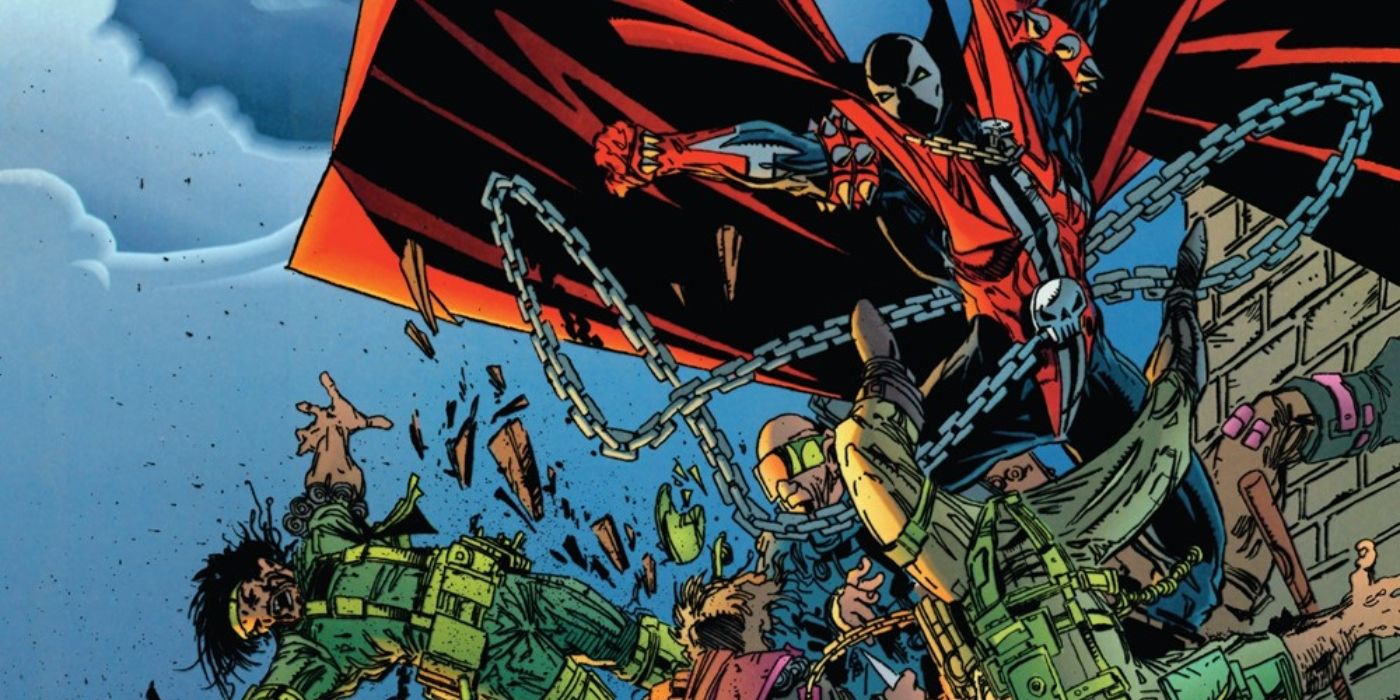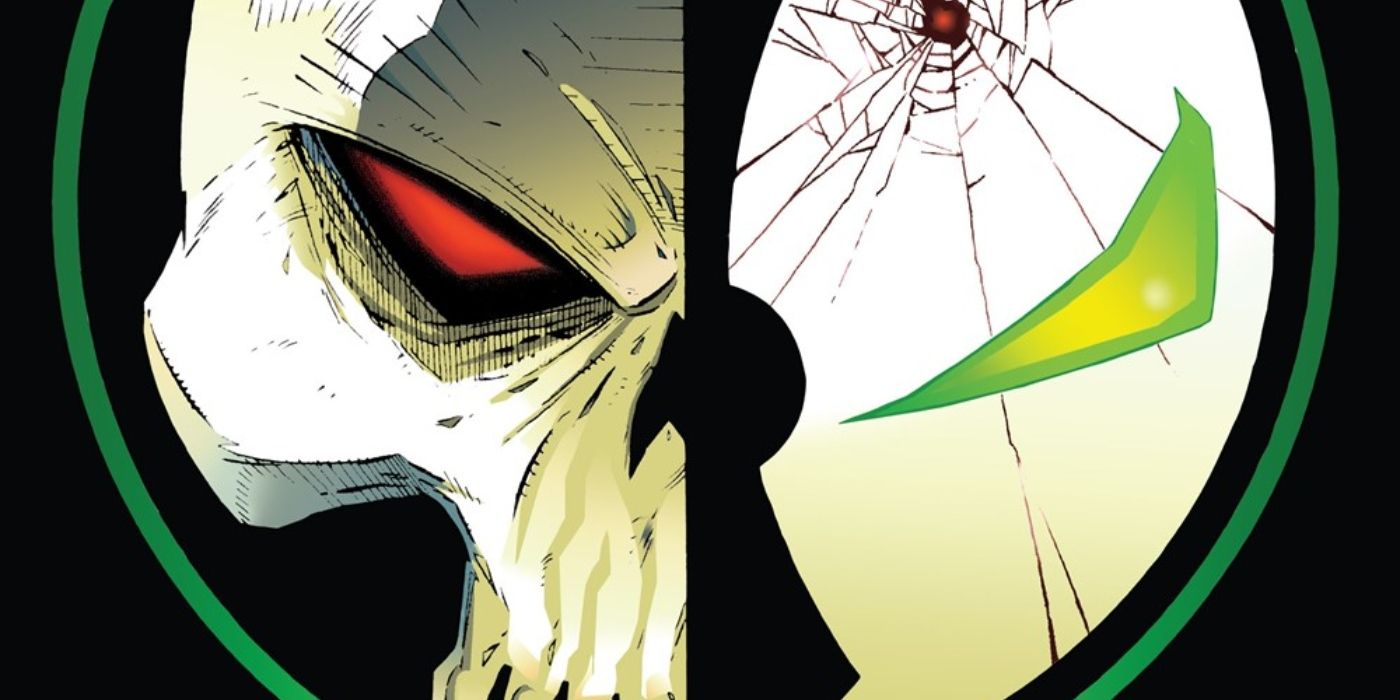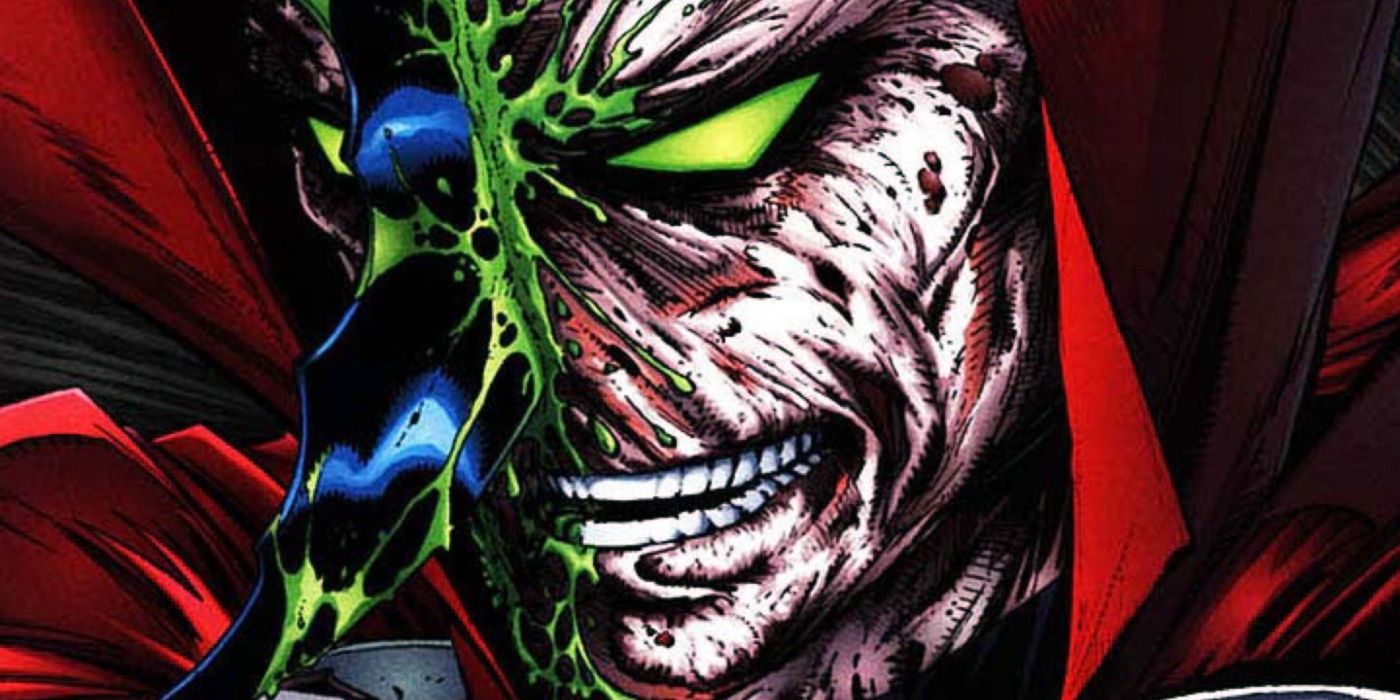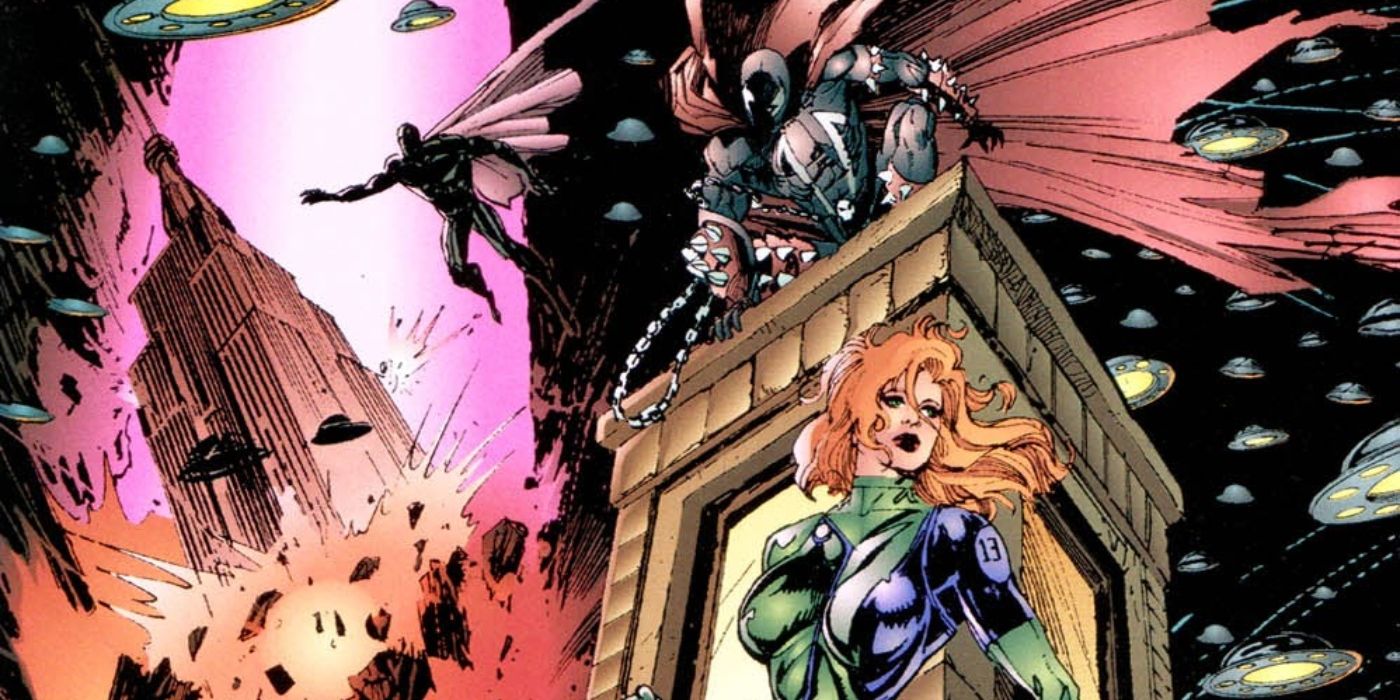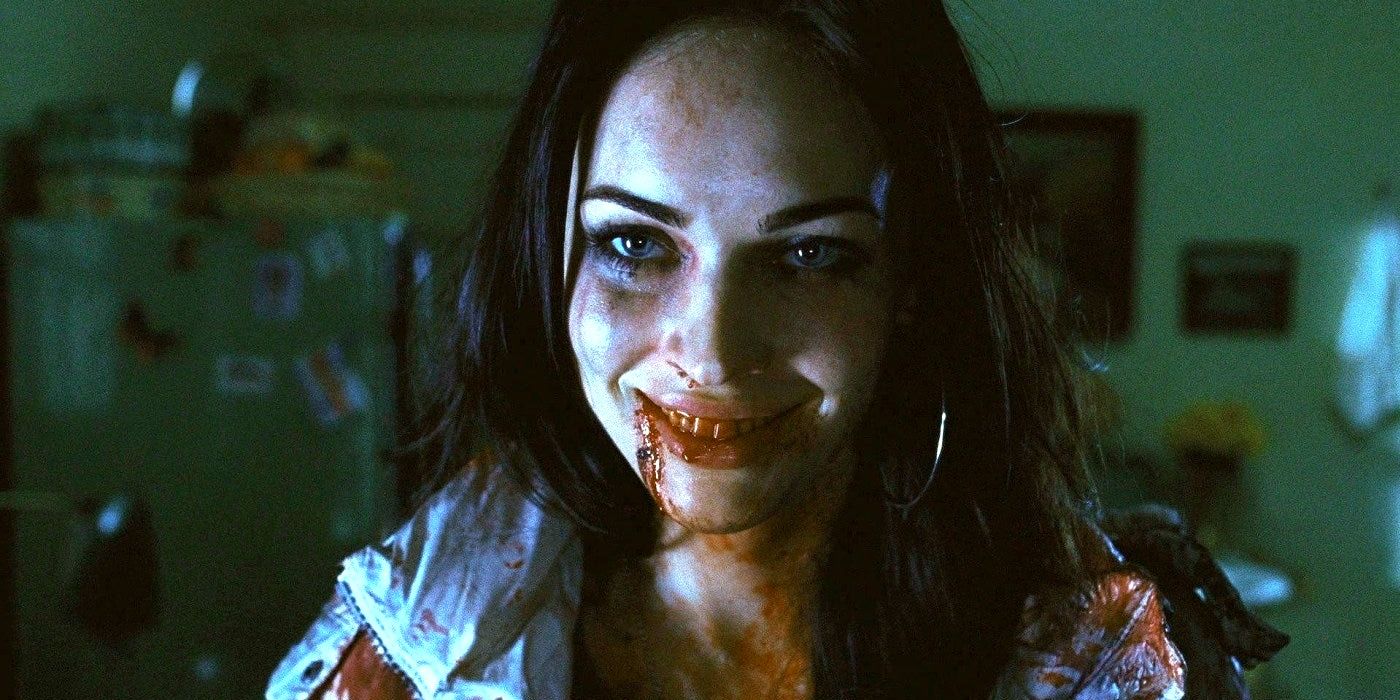Summary
- “Questions” establishes Spawn’s origin and powers, setting the stage for the entire series.
- “Justice” sets the dark and gritty tone of the Spawn franchise, exploring the depths of human depravity.
- “Payback” expands the Spawn universe by subtly merging with another Image Comics series, Youngblood – and those are just three of the 10 ’90s storylines that cemented Spawn’s current popularity.
Todd McFarlane’s Spawn rose to prominence with the establishment of Image Comics in the early 1990s, and the franchise has remained extremely popular ever since. Not only has Spawn already received the live-action treatment (with plans for a new Spawn movie reportedly in the works), but the original comic book alone has grown exponentially into a multi-title, record-breaking universe.
King Spawn, Gunslinger Spawn, The Scorched, and the upcoming Rat City are just some of the extended Spawn universe comics that grew out of that one single-title series launched by the then-brand new Image Comics back in the ‘90s. Based on its international fame and notoriety, one wouldn’t think that Spawn came from such humble origins. But, the fact remains that Spawn was an indie comic in the ‘90s, and the only reason it’s as popular as it is today is due to the strength of those original storylines – here are 10 of the most iconic!
Spawn: 10 of the Most Spine Tingling Covers From the 1990s
Spawn is a series rooted in supernatural horror, and the artwork on many of the covers makes that abundantly clear. Here’s the 10 most spine tingling!
10 “Questions” Introduced Readers to Al Simmons aka Spawn
Spawn #1-4 by Todd McFarlane
“Questions” is the first storyline in the Spawn series, and it immediately explains Spawn’s powers, his mission, and his backstory. The arc reveals that Spawn was a special forces soldier named Al Simmons who was betrayed and murdered by his commanding officer. His soul was sent to hell due to the countless remorseless murders he committed in life. It was there that Al was given a second chance at life as Spawn, where he’d kill evil people and send their souls to hell for them to be recruited into Malebolgia’s army.
Since Spawn’s powers are hell-based, they come with a few cruel caveats. He was returned to Earth five years after he died, he has no memory of his life aside from painful fragments meant to torment him, and he’s constantly being stalked by a vile demon called the Violator. Spawn‘s “Questions” does everything an origin storyline should do – not to mention it’s the arc that started it all.
9 “Justice” Set the Dark & Gritty Tone For The Entire Spawn Franchise
Spawn #5 by Todd McFarlane
“Justice” is a single-issue story that acted as the first standalone antihero mission Spawn undertook that wasn’t directly tied to his origin or overarching plotline. Instead, it was a simple story about a child murderer who wasn’t going to receive the proper justice for his crimes within the legal system alone, so Spawn captured him and tortured him to death, leaving behind nothing but a mutilated carcass hanging from chains for the police to find.
While fighting demons in the first arc adequately set the tone for a supernatural action/horror franchise like Spawn, this issue showed that the series was going to take things one step further. “Justice” really dove into the depravity of the worst human criminals one could imagine, and succeeded in setting the dark and gritty tone for the entire Spawn franchise in ways “Questions” didn’t.
8 “Payback” Subtly Merges Spawn with Another Image Comics Series: Youngblood
Spawn #6-7 by Todd McFarlane
“Payback” introduces a villain named OvertKill who is a cyborg hitman that’s virtually unkillable. He’s hired by the mob to kill Spawn, as Simmons has been relentlessly slaughtering members of the criminal organization since he returned from hell. Throughout this two-part storyline, OvertKill subtly mentions Youngblood a number of times while fighting Spawn, which is the name of the team in Rob Liefeld’s Youngblood Image Comics series.
Following this arc, OvertKill appears as a villain in Youngblood, which sparks a storyline that leads to an official Youngblood/Spawn crossover in Youngblood #10. “Payback” wasn’t just one of the first stories where Spawn meets his match against a non-demonic villain, but it also expanded his established universe.
7 “In Heaven”: Alan Moore Explains the Horrific Afterlife in Spawn Canon
Spawn #8 by Alan Moore and Todd McFarlane
“In Heaven” shows readers exactly what happens to the souls Spawn sends to hell, and it does so through the eyes of the child murderer Spawn killed back in “Justice”. Hell, as it turns out, is a tiered system, and each tier is controlled by a different demon. While the other souls the child murderer is with get picked off by demons from varied tiers, he is collected by the Vindicator and taken to the eighth tier, where he is given a parasitic demon suit the same as Spawn’s and becomes a slave in hell’s army.
The creative genius of Alan Moore mixed with the chilling aesthetic of Todd McFarlane painted a grisly picture of how the afterlife works in the Spawn universe. Not only that, but it’s also a reminder that – while it may seem like he’s doing good and being a hero – Spawn is actually making the ultimate evil of this universe steadily stronger.
6 “Angela”: Neil Gaiman Introduces the Ultimate Spawn Hunter
Spawn #9 by Neil Gaiman and Todd McFarlane
“Angela” follows a hunter-angel named Angela who is something of a ‘freelance’ agent on Earth in terms of the angelic hierarchy of heaven in the Spawn universe. Unlike the more bureaucratic angels, Angela prefers to get her hands dirty by slaughtering demons where she finds them, and her favorite prey is Hellspawn – which is exactly what Spawn is. The book reveals that Hellspawn like Al Simmons have existed on Earth since the dawn of man, and Angela is the one who ensures they don’t become generals of hell in Malebolgia’s army.
Not only does this storyline feature the unmatched writing of Neil Gaiman (which alone makes it a notable addition to any Spawn collection), but it also delves even deeper into Spawn mythos, and has since become the cornerstone of a number of the aforementioned Spawn spin-offs.
5 “Crossing Over”: Dave Sim Adds a Meta Layer to Spawn Storytelling
Spawn #10 by Dave Sim and Todd McFarlane
“Crossing Over” is more than just the literal crossing over of Todd McFarlane’s Spawn and Dave Sim’s Cerebus franchises (both creator-owned), but it’s also an ambitious meta storyline that’s blatantly critical of the comic book industry. The literal story is that Spawn effectively died while fighting Angela in the previous issue, and that landed him in a world where a number of familiar heroes and villains from both DC and Marvel (all implied, of course) are locked in cages, begging for mercy.
Cerebus explains to Spawn that every one of those characters was sold by their creators – who were also in the prison with their creations, blinded by bags covering each of their faces – and the only reason Spawn isn’t one of them is that his creator (Todd McFarlane) didn’t sell him. This Spawn issue speaks to the entire purpose of why Image Comics was established in the first place, and highlights the importance of retaining ownership of one’s intellectual property.
4 “Home”: Frank Miller Throws Spawn in the Middle of a Cyborg Gang War
Spawn #11 by Frank Miller and Todd McFarlane
“Home” takes a break from the deep lore dives tackled by Moore and Gaiman, as acclaimed writer Frank Miller explores the streets of Spawn’s city instead, for an action-packed adventure that throws Spawn right in the middle of a cyborg gang war. When one gang of cyborgs called the Nerds encroach on the territory of another gang of cyborgs called the Creeps, war breaks out between them – and it’s happening right in the alleyway Spawn and his found family call home.
Frank Miller is a master of gritty, street-level stories that contain hard-hitting emotional impact with even harder-hitting action, and Spawn’s “Home” doesn’t disappoint.
3 “Flashback” Fleshes Out Spawn’s Full Backstory (& Introduces a Major Villain)
Spawn #12-13 by Todd McFarlane
“Flashback” gives fans a clear timeline of events in Al Simmons’ life leading up to the tragedy that would result in him becoming Spawn. Even after “Questions”, there were still a number of mysteries surrounding Spawn and his previous life as Al Simmons. The storylines since then have explored the history of the Hellspawn and the mission of Malebolgia raising a hell army, and then this one returns readers to the story of the man behind the mask himself, Al Simmons.
Not only does “Flashback” continue to flesh out Spawn’s character, but it also introduces a major villain: Chapel – a villain who would lead Spawn into the aforementioned Youngblood crossover event.
2 “Spawn/Batman”: Batman Gives Spawn a Wound That Just Won’t Heal
Spawn/Batman by Frank Miller and Todd McFarlane
The Spawn/Batman crossover is absolutely legendary, not just because it’s undeniably awesome to see these two vigilante prowlers of the night fight side by side, but also because this crossover actually has a lasting impact in Spawn lore. While it’s made clear at the start of the book that this storyline does not take place within DC’s Batman continuity, it is certainly canon for Spawn continuity. The book ends with Batman nailing Spawn in the face with a batarang, slicing it down the middle, and the wound sticks around in Spawn’s solo book for a long time.
This crossover elevated Spawn as a character and a (then)new comic book series, as Batman’s popularity was well-established in the ‘90s, and the lingering wound – that was later stitched with a shoelace – was a constant reminder of that.
1 “Mars Attacks Image”: Image Comics’ Ultimate Crossover Event Proves Spawn Belongs in a Shared Universe
Mars Attacks Image #1-4 by Keith Giffen, Gary Carlson, Andy Smith, and Bill Sienkiewicz
This crossover event included practically every Image Comics series of that time facing off against the invading aliens from Mars Attacks. The series included Savage Dragon, The Maxx, and – of course – Spawn, just to name a few. Aside from other, smaller crossovers with the likes of Youngblood and Savage Dragon, this is the first time these separate titles in Image Comics’ ‘90s catalog felt like they were a part of one cohesive continuity.
While this isn’t something that would last, as Image Comics would quickly return to the model of publishing separate creator-owned titles unrelated to one another, it did prove that Spawn deserved to be a part of a larger universe – and that’s exactly what happened. The Spawn franchise has since grown beyond a single-title series, and has released a number of spin-off titles that all feed into one narrative.
Spawn didn’t become a part of a larger universe, Spawn became a larger universe, and it’s all thanks to the Spawn storylines from the 1990s, as they cemented the enduring popularity of Todd McFarlane’s iconic creation.
#1990s #Spawn #Storylines #Cemented #Enduring #Popularity #Todd #McFarlanes #Creation
